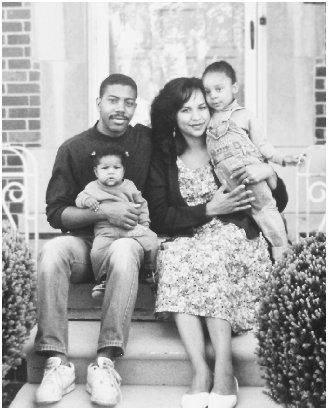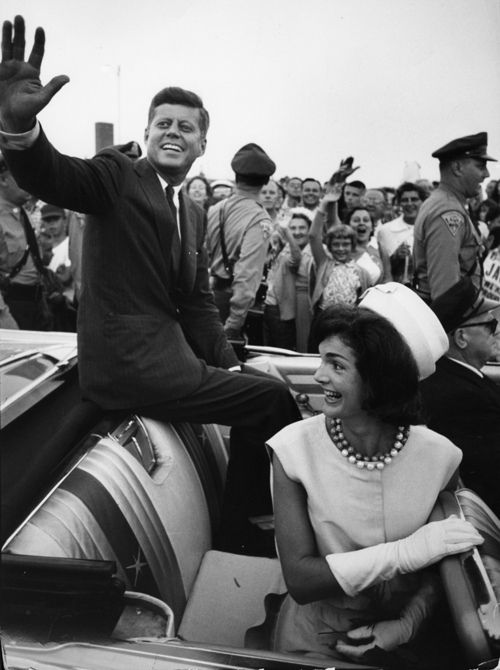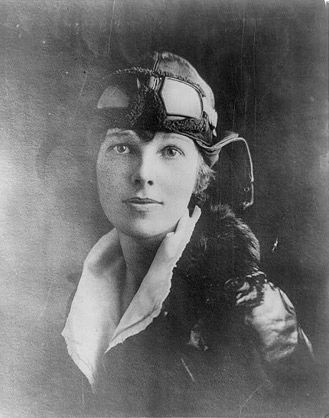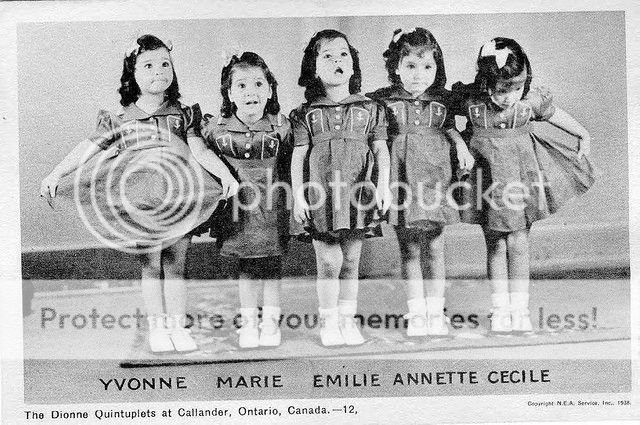Navigation
Install the app
How to install the app on iOS
Follow along with the video below to see how to install our site as a web app on your home screen.

Note: This feature currently requires accessing the site using the built-in Safari browser.
More options
You are using an out of date browser. It may not display this or other websites correctly.
You should upgrade or use an alternative browser.
You should upgrade or use an alternative browser.
Iconic photos through time
- Thread starter BDBoop
- Start date
jon_berzerk
Platinum Member
- Mar 5, 2013
- 31,401
- 7,368
- 1,130
the falling man


There's a story that goes along with this striking picture of this Afgan girl with the haunting eyes.
National Geographic photographer Steve McCurry was in the region in 1984for a story on the refugee crisis. While touring a refugee camp on the Afghanistan-Pakistan border, he entered a large tent that served as a girls school. The first child he saw was a shy girl with fiery eyes, about 12 years old. McCurry approached the girl, and she agreed to let him take her picture. "I didn't think the photograph of the girl would be different from anything else I shot that day," he later recalled. What emerged was a searingly beautiful image of a young girl with haunting eyes who came to symbolize the plight and the pain and the strength of her people.
National Geographic chose a close-up of the girl as the cover photo for the article, which ran in the June 1985 issue. Her sea green eyes striped with blue and yellow peered with a mixture of bitterness and courage from within a tattered burgundy scarf. The "Afghan girl" touched the souls of millions.
Her name was Sharbat Gula, which means "sweetwater flower girl" in Pashtu, the language of her Pashtun tribe. But McCurry, and the world, wouldn't know this or any other details of her tragic life until 17 years later.
Sharbat Gula came to Pakistan in 1983 after her parents were both killed in a Soviet air raid on their Afghan village. She had trudged through the jagged mountains in winter for nearly two weeks with her grandmother, brother, and three sisters. She had lived in several refugee camps before coming to the one where McCurry met her.
McCurry said the photo of her "summed up for me the trauma and plight, and the whole situation of suddenly having to flee your home and end up in refugee camp, hundreds of miles away."
In the years after the photo was published, McCurry attempted several times to find Sharbat Gula again, but to no avail. A trip to Pakistan in January 2002 finally bore fruit. He returned to the same refugee camp, still open, and showed her photo around. A man who had lived in that camp as a child recognized the girl and told McCurry he knew her brother. He would go and get her.
Afghanistan has known precious few days of peace since the 1979 Soviet invasion. But years ago, during a lull in the country's many conflicts, Sharbat Gula had returned home to her village in the Tora Bora region. Now, after three days of hiking, the man from the camp returned with her and her family.
Examination by a local ophthalmologist and an iris-recognition test from a New Jersey lab revealed that this woman and the schoolgirl in the photo were the same. The Afghan girl was found.
"She's as striking as the young girl I photographed 17 years ago," McCurry said.
Sharbat Gula's face bears signs of the hardships she's survived, but her unforgettable eyes still glow. She does not know her exact age, but she remembers the day Steve McCurry came to her school tent. She lives a simple, anonymous life in Afghanistan with her husband and three daughters. She'd never seen McCurry's famous photograph. She had no idea her face had become an icon.
A devout Muslim, Sharbat Gula agreed only with her husband's consent to appear without her chadri, or burka. National Geographic published her story with before-and-after photos in April 2002.

Afghan Girl on Cover of Magazine, Photos, Wallpapers - National Geographic
BDBoop
Platinum Member
- Thread starter
- Banned
- #166
There's a story that goes along with this striking picture of this Afgan girl with the haunting eyes.
National Geographic photographer Steve McCurry was in the region in 1984for a story on the refugee crisis. While touring a refugee camp on the Afghanistan-Pakistan border, he entered a large tent that served as a girls school. The first child he saw was a shy girl with fiery eyes, about 12 years old. McCurry approached the girl, and she agreed to let him take her picture. "I didn't think the photograph of the girl would be different from anything else I shot that day," he later recalled. What emerged was a searingly beautiful image of a young girl with haunting eyes who came to symbolize the plight and the pain and the strength of her people.
National Geographic chose a close-up of the girl as the cover photo for the article, which ran in the June 1985 issue. Her sea green eyes striped with blue and yellow peered with a mixture of bitterness and courage from within a tattered burgundy scarf. The "Afghan girl" touched the souls of millions.
Her name was Sharbat Gula, which means "sweetwater flower girl" in Pashtu, the language of her Pashtun tribe. But McCurry, and the world, wouldn't know this or any other details of her tragic life until 17 years later.
Sharbat Gula came to Pakistan in 1983 after her parents were both killed in a Soviet air raid on their Afghan village. She had trudged through the jagged mountains in winter for nearly two weeks with her grandmother, brother, and three sisters. She had lived in several refugee camps before coming to the one where McCurry met her.
McCurry said the photo of her "summed up for me the trauma and plight, and the whole situation of suddenly having to flee your home and end up in refugee camp, hundreds of miles away."
In the years after the photo was published, McCurry attempted several times to find Sharbat Gula again, but to no avail. A trip to Pakistan in January 2002 finally bore fruit. He returned to the same refugee camp, still open, and showed her photo around. A man who had lived in that camp as a child recognized the girl and told McCurry he knew her brother. He would go and get her.
Afghanistan has known precious few days of peace since the 1979 Soviet invasion. But years ago, during a lull in the country's many conflicts, Sharbat Gula had returned home to her village in the Tora Bora region. Now, after three days of hiking, the man from the camp returned with her and her family.
Examination by a local ophthalmologist and an iris-recognition test from a New Jersey lab revealed that this woman and the schoolgirl in the photo were the same. The Afghan girl was found.
"She's as striking as the young girl I photographed 17 years ago," McCurry said.
Sharbat Gula's face bears signs of the hardships she's survived, but her unforgettable eyes still glow. She does not know her exact age, but she remembers the day Steve McCurry came to her school tent. She lives a simple, anonymous life in Afghanistan with her husband and three daughters. She'd never seen McCurry's famous photograph. She had no idea her face had become an icon.
A devout Muslim, Sharbat Gula agreed only with her husband's consent to appear without her chadri, or burka. National Geographic published her story with before-and-after photos in April 2002.

Afghan Girl on Cover of Magazine, Photos, Wallpapers - National Geographic
I wondered if we'd see the follow-up. Thank you.
The war for my dad went on long after the last shot was fired.1945....the war was over politically....but never for them... their expression on VJ day says it all.
Last edited:
BDBoop
Platinum Member
- Thread starter
- Banned
- #168

May 3, 1948 the U.S. Supreme Court ruled covenants prohibiting the sale of real estate to blacks & other minorities were legally not enforceable in Shelley v Kraemer. The Shelley's shown here in the photo purchased a home in a St. Louis area where 39 people owned 57 parcels of land. In February of 1911 30 of the owners signed an agreement or a restrictive covenant not to sell to African or Asian Americans. In August of 1945 the Shelley's purchased a home in the neighborhood. Kraemer's sued.
Againsheila
Gold Member
galloping gertie


Wright Brothers

Declaration of Independence


Constitution of the United States

The Liberty Bell

George Washington


Thomas Jefferson

Similar threads
- Replies
- 51
- Views
- 1K
- Replies
- 5
- Views
- 202
- Replies
- 211
- Views
- 4K
Latest Discussions
- Replies
- 13
- Views
- 58
- Replies
- 834
- Views
- 4K
Forum List
-
-
-
-
-
Political Satire 8071
-
-
-
-
-
-
-
-
-
-
-
-
-
-
-
-
-
-
-
ObamaCare 781
-
-
-
-
-
-
-
-
-
-
-
Member Usernotes 471
-
-
-
-
-
-
-
-
-
-






